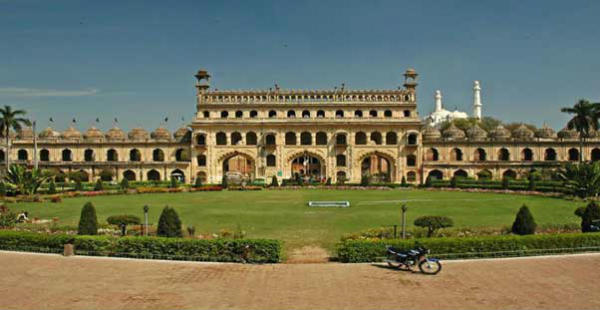
The Indo Gangetic Plains are vulnerable to fog. During the month of December and January, dense to very dense fog is observed across the regions across the Gangetic Plains. The capital city of Uttar Pradesh Lucknow also witnesses dense to very dense fog frequently during this period.
[yuzo_related]
Temperatures, wind speed, and humidity levels play a very important role in the formation of fog.
Lucknow begins to record single-digit minimum temperatures usually from the second half of November but these instances are not very frequent. However, after the second half of December, single-digit minimums become a common occurrence. Likewise, since January 2, single-digit minimums have been recorded in the city continuously. These temperature levels are very conducive to fog formation.
The moisture levels are also normally on the higher side over the city of Nawabs, as it is in proximity to the water bodies like River Gomti, Ganges, and the Yamuna. Also, it has not rained since December 2.
Along with high humidity levels, the wind speed also remained light. Due to the combined factors, Lucknow had been witnessing dense fog. However, for the past two days, the city did not witness fog and the visibility improved.
As per Skymet Weather, the humidity levels are almost the same as before. However, due to the strengthening of winds and a marginal rise in temperatures, the intensity of fog has reduced. In fact, today morning, the visibility was recorded to be more than 1 km.
In the image below, we can see that Lucknow is outside the dense fog cover which is extending from the foothills up to the East.

Credits: IMD
As per weathermen, the day temperatures are expected to rise, which were earlier settling below normal. Bright sunshine will be witnessed during the day and comfortable weather will persist. Lucknow is likely to remain fog-free for at least 24 to 48 hours.
IMAGE CREDIT: Tourmyindia.com
Any information taken from here should be credited to skymetweather.com


